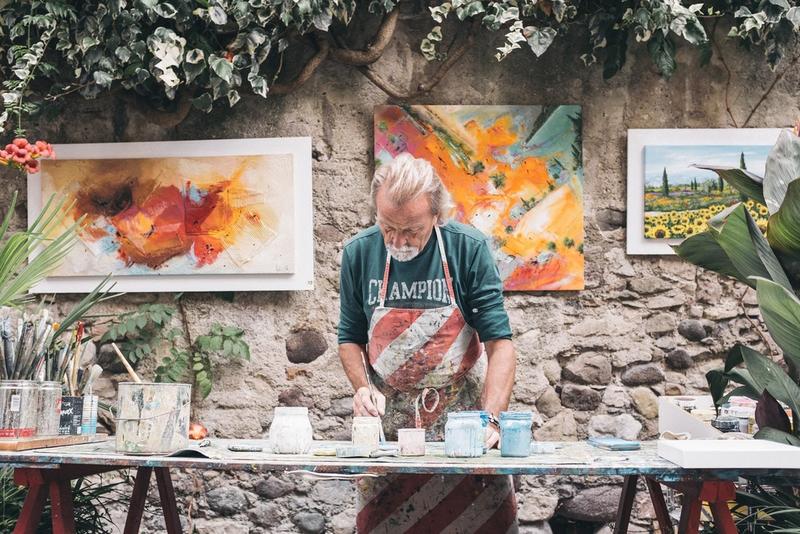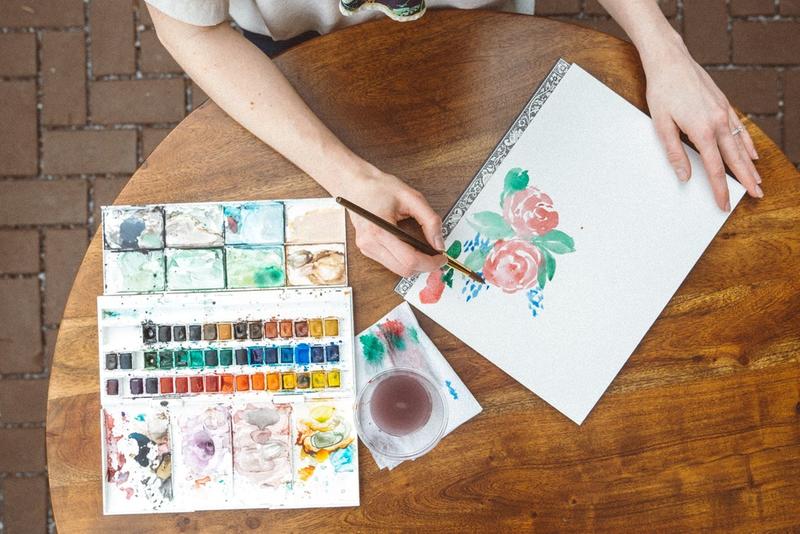How Can I Sell My Artwork Online?

If you’re an artist, you know it can feel challenging to turn your passion into a career that earns you a living. And if you’re just starting to pursue this avenue of work, you may not know where to begin. Fortunately, thanks to technology, getting your artwork in the hands of consumers is now easier than ever. From social media to online marketplaces, you’ll find that there are dozens of ways to get started in selling your artwork after you come up with your plan.
Start With Social Media
One of the best places to start when you want to sell your artwork online is social media. While you may not make sales right away, you can build up a presence and a following that you can eventually use to your advantage. Instagram and Facebook are the best places for visual artists because these platforms are primarily image-based and have higher user numbers, although Twitter and Pinterest are also good choices. Having accounts on multiple platforms increases your visibility and visitors’ perception of your professionalism, even if you update some accounts less often than others.

Create an appealing profile that tells who you are and what you do. Focus on what makes you — and your art — unique so that you stand out. Engage with others, especially fellow artists and people who appear to be interested in art. Comment on other artists’ work and seek collaborations. Post high-quality content, but remember to avoid salesy language when you promote your art.
Decide If You Want It to Be a Full-time Job
You might already have a full-time job, so you’ll need to decide if you’re ready to quit to pursue your passion or if you want to sell your art online as a part-time gig for now as you build up a client base. Consider whether you can afford to work without any income for a while. Your current regular job may also help you build your business and communication skills for the future, so keep that in mind. Ultimately, this is a decision only you can make. Be realistic about it. If you’re ready to take the risk and feel comfortable that you can do so financially, consider it.

Determine What to Sell
You probably already know what kind of art you make or want to make, but you need to determine how you’ll turn it into a product. For example, do you plan to sell original pieces, or do you want to create reproductions? If you do want to create reproductions, will you sell your work as art on a canvas, or will you add it to products like greeting cards, shirts, fabric and other merchandise? What about digital downloads that allow customers to print out and apply your art where they wish? Will you offer custom pieces or only sell products you’ve already created? Once you’ve made decisions about the actual products you plan to offer, you can start exploring online avenues for selling your art.

Research Online Platforms
Once you’ve settled the creative side of things, it’s time to find the online platform that you feel is the best fit for you. Etsy is a popular virtual marketplace for crafters and artisans. If you’re interested in offering customized work for clients with specific needs, you may consider Fiverr, which allows people to make requests. The marketplace Artfinder allows you to sell original fine art, but it can be difficult to become approved as an artist there. Saatchi Art is similar, but it’s a little less exclusive. Amazon even has an art store that allows pre-approved artists to sell their work. Minted is popular with graphic designers, illustrators and photographers who want to sell their designs for items like cards and invitations. If you’re not satisfied with these options, reach out to your social media contacts and other artists in your community to find out what they recommend.

Start Your Own Website
Once you’ve spent some time exploring art and social media platforms and making business decisions, you may want to set up your own website. At the very least, register a domain with your own name or the name you use for your brand or products. As your following elsewhere grows, you can refer people back to your website to buy artwork directly from you. On your site, you can also sell products, pieces and services that other platforms may not allow, and you won’t need to pay commission to art sites for the items you sell directly from your own website.






